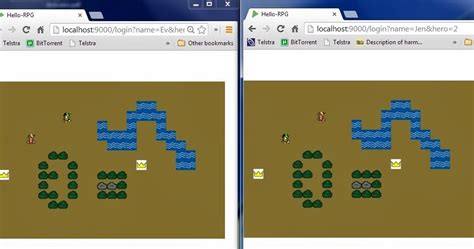Using WebSocket Data in Other Functions: A Practical Guide
Over the past few years, WebSockets have revolutionized the way we build real-time applications. By allowing two-way communication between a client and a server over a persistent connection, WebSockets enable the efficient transfer of large amounts of data, such as real-time updates, in real time.
However, when building complex applications that rely on WebSocket data, there is often a problem: the WebSocket connection remains open, even after the original request has ended. This can lead to performance issues and wasted resources if not managed properly. In this article, we will explore how to use WebSockets to fetch data in other functions, ensuring seamless integration of your application.
Why Open WebSockets Are a Problem
When a WebSocket connection is opened, a persistent connection is established between the client (usually a web browser) and the server. If the request is cancelled or closed before the response has been sent, the connection remains open. This can lead to:
- Waste of resources – The socket is not closed, allowing resources to be used indefinitely.
- Performance issues – The constant connection maintains unnecessary connections and consumes system resources.
- Security risks
– Open connections allow unauthorized access if not properly secured.
Using WebSockets in other functions
To overcome these challenges, you can use a technique called “polling” or “reconnection.” Here’s an example of how to get data from a WebSocket server and then use the resulting data in another function:

Step 1: Set up a WebSocket connection
First, establish a WebSocket connection to your server. You can do this using JavaScript and the WebSocket API:
const socket = new WebSocket('ws://example.com/websocket');
// Function to send a message to the server
function sendMessage(message) {
socket.send(message);
}
// Function to receive data from the server
function ReceiveData() {
const response = socket.recv();
console.log(response); // Example data: "Hello, world!"
}
Step 2: Getting data and using it in another function
Now that you have a connection established, get some data using sendMessage. The resulting data will be stored in the response variable:
// Function to send a message to the server (still the same)
function sendMessage(message) {
socket. send(message);
}
// Example: Sending a request and receiving data
sendMessage("Hello, world!");
// Use the received data in another function
function processData(data) {
console. log(Received data: ${data});
// Process the data here...
}
Step 3: Reconnect to the server (optional)
If you need to get more data or reconnect to the server after a period of inactivity, consider implementing a reconnection mechanism. You can use a setInterval function to periodically check if the connection is open:
// Function to reconnect to the server in case of inactivity
function reconnect() {
socket.onmessage = (event) => {
console.log(Received new data: ${event.data});
};
}
In this example, when the connection times out or becomes inactive, reconnect is called. It sets up a new event listener to handle incoming messages.
Conclusion
By using WebSockets in other functions, you can efficiently fetch data and reuse it throughout your application without leaving unnecessary connections open. This approach helps mitigate performance issues, wasted resources, and security risks associated with open WebSocket connections.
Always remember to consider reconnecting when necessary and implement proper error handling to ensure a seamless user experience.
